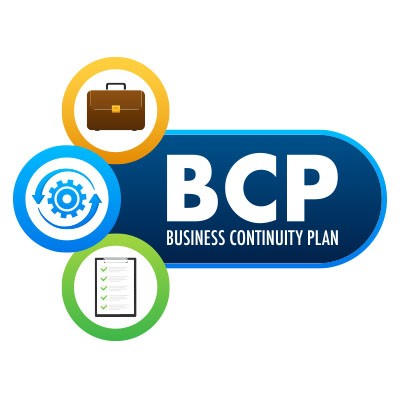Considering how much can go wrong with your business, you must have a plan of action just in case things go awry. A managed IT provider can certainly help with the business technology side of things, but other factors affect how a business recovers from disaster. Let’s consider the many facets of a business continuity plan and how you can improve your own.
Explaining the Business Continuity Plan
A business continuity plan encompasses certain rare occurrences that can compound when your business faces them, making it very, very important that you are prepared.
A good business continuity plan will address the following:
- Data backup and disaster recovery
- A hierarchy establishing a chain of command
- A plan for continued operations, even in the worst-case scenario
What do these look like in practice, though? Let’s find out.
Data Backup and Disaster Recovery
You should have two goals in mind for data backup and disaster recovery: recovery point objective (RPO) and recovery time objective (RTO). RPO determines how much data you need to operate without dealing with a loss, while RTO measures how quickly you can get back to operations without sustaining a loss. The idea here is to maximize RPO while minimizing RTO. Be sure to measure what your business can do without, at least at first, so that you can keep your recovery time low. You want it all to be completely redundant, in any case, but the idea here is that you get your business back into action quickly. If that means forgoing certain data restorations in the short term, then so be it because it should be safely backed up otherwise, anyway.
Your Chain of Command
Sometimes, the most devastating disasters are not things like floods, fires, hurricanes, electrical storms, and other freak acts of nature; sometimes, they can be the loss of an essential stakeholder in your business or personnel. If someone vital to operations is no longer around or cannot work for some reason, you’ll need a plan to get through what will inevitably be a difficult transition. It helps to have a succession plan, or at least a list of who will cover what responsibilities when these times come, and comprehensive documentation that can help the new individuals slot right into their new roles with minimal issues.
A Plan for Operations
Your business should strive for “continuous operation,” meaning you have minimal downtime under just about any potential circumstance. Yes, this includes when your staff are displaced due to a disaster and cannot work from the office. If you use cloud-based tools, your team can be productive even when they cannot work from the office, meaning physical location is less of an issue while you sort out the other significant issues threatening your business.
In essence, there are three big factors to keep in mind for your business continuity plan:
- Maximize the amount of data you can recover while minimizing the time it takes to recover it.
- Always be ready to handle personnel loss or emergencies, even if they seem unlikely.
- Have a plan to operate from a different physical location if your office is unavailable for whatever reason.
You can rely on Business Solutions & Software Group to help you figure out the best approach for your business technology. Reach out to us at (954) 575-3992 to learn more.


Comments